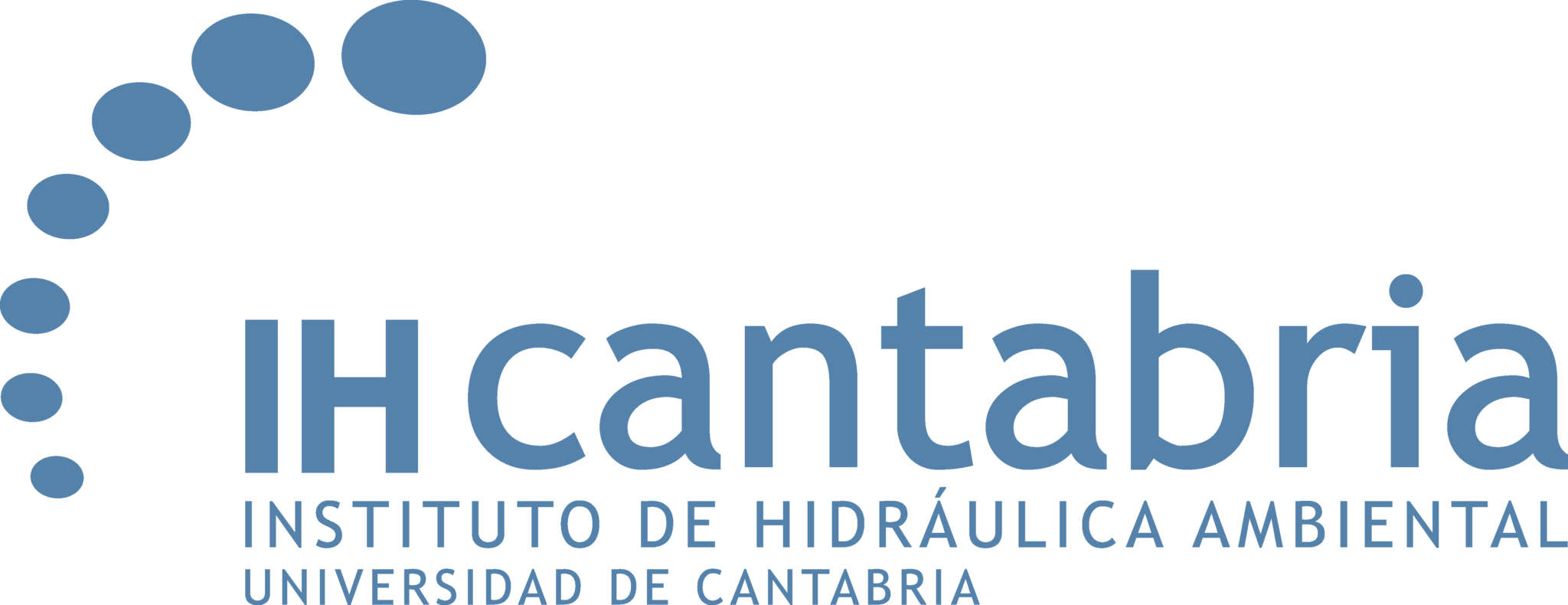NEWS
IHCantabria participates in the LIFE AdaptCalaMillor project, focused on climate change adaptation with a systemic and integrated vision

Attendees at the presentation of the European project LIFE AdaptCalaMillor, held this morning in Cala Millor, Mallorca.
This project represents a unique opportunity to research and identify measures to preserve Mediterranean urban beaches and the ecosystem services they offer as tourist destinations.
The Government of the Balearic Islands, together with partner entities -including the University of Cantabria and the Institute of Environmental Hydraulics of the University of Cantabria(IHCantabria)- presented the European project LIFE AdaptCalaMillor, in a public event held at the Auditorium Sa Màniga. This pilot initiative is supported by the European Union’s LIFE instrument to strengthen Cala Millor’s resilience to the challenges posed by climate change. The pillars of this project are citizen participation and governance, which will contribute to the process of defining climate change adaptation strategies.
With the support of the European Union, the award of the LIFE AdaptCalaMillor project is a boost to the development and preservation of Cala Millor as a sun and beach destination, through the generation of scientific, inclusive, sustainable guidelines focused on the needs and social demands of citizens and stakeholders.
This project is promoted by the Department of Enterprise, Employment and Energy, through the Directorate General of Circular Economy, Energy Transition and Climate Change, and in coordination with the Coastal Observation and Forecasting System of the Balearic Islands, SOCIB; IMEDEA (CSIC-UIB); UIB; Badia de Cala Millor Consortium; Hotel Association of Cala Millor and sa Coma; CONAMA Foundation; IHCantabria, University of Cantabria; and LANDLAB.
This initiative has a final investment of 2,294,047 euros, of which 1,376,424 will be co-financed by the European Union’s LIFE program. It is expected that the results can be transferred to other tourist destinations of similar characteristics, making Cala Millor an example for other urban beaches in the Mediterranean.
“From the Government of the Balearic Islands we are fully aware of climate change and therefore we work in a cross-cutting manner with initiatives like this,” says the general director of Circular Economy, Energy Transition and Climate Change, Diego Viu.
“Based on science, we must anticipate future scenarios and project public-private action plans in the medium and long term. The LIFE AdaptCalaMillor project will serve to lay common foundations in the fight against climate change in the Balearic Islands,” concludes Viu.
The project
LIFE AdaptCalaMillor will validate new science-based methodologies and participatory and governance schemes that increase the resilience of urban beaches. Thus, the application in Cala Millor will lead to the definition of a project of adaptation to climate change, which is based on the understanding and agreement of a wide range of actors who share interests and competences in this bay.
The implementation of this project would substantially reduce the physical, environmental and socioeconomic impacts expected for this stretch of Mallorca’s coastline. LIFE AdaptCalaMillor will propose a long-term transformation of the beach system and urban area to increase the resilience of infrastructure, ecosystem services and socioeconomics to these expected impacts.
Measures
Proposed adaptation strategies and measures must be sustainable in the long term and nature-based to the extent possible, which requires an integrated multidisciplinary approach with a sound scientific basis for significant resolution at the local scale, and thus build the decision-making process on solid predictions.
In the geographical area, which covers 1.5 km2 of the microtidal beach of the semi-closed bay, a perimeter of 5 km, and a width of 1.5 km from the coastline to approximately 20 m in depth, hazard, vulnerability, and risk maps will be produced for physical, environmental, and socio-economic dimensions related to medium and long-term scenarios of 2030 and 2050.
This methodology will include urban, legislative, socio-economic, physical, and environmental measures that are compatible. Furthermore, it will conclude with the drafting of a conceptual plan and preliminary project for the urbanization of the Cala Millor coastline, which will cover an estimated total area of 85,795.4 m2, and executive projects for the construction of suitable measures for implementation.



